Am I an Alcoholic? Understanding Alcoholism, Warning Signs, and Treatment Options
Written by Megan Hull
& Medically Reviewed by Denise-Marie Griswold, LCAS
Medically Reviewed
Up to Date
Updated 08/15/2020
Alcoholism comes in many forms. Whether you drink mildly or heavily, it’s important to assess your risk of alcohol addiction.
Alcohol addiction can be difficult to identify, especially because many people who misuse alcohol don’t fit conventional stereotypes about alcoholics. Sometimes referred to as “high-functioning alcoholics,” many individuals are able to maintain a relatively productive life despite having an alcohol addiction. It is not abnormal for a person with alcoholism to report that they have never been homeless, engaged in criminal activity or received a DUI.
People who fit the description of a high-functioning alcoholic will often believe that due to not experiencing these negative consequences of substance use and maintaining a job and family means that they cannot possibly have an alcohol use disorder. However, a person can have an alcohol use disorder despite not experiencing negative consequences and maintaining the outward appearance of success. To determine whether the use of alcohol could be problematic, it’s crucial to understand how alcoholism is defined and analyze the effects of alcohol abuse on a person’s life.
Defining Alcoholism
An alcohol use disorder is clinically defined as a, “…chronic relapsing brain disease characterized by compulsive alcohol use, loss of control over alcohol intake, and a negative emotional state when not using.” To receive the diagnosis of an alcohol use disorder, an individual must meet at least two of the following criteria during the past 12-months. Based on the number of criteria met, the severity of the disorder will be ranked as mild, moderate or severe.
To determine if you meet these criteria, ask yourself:
- Have you had times where you drank more or longer than you had originally intended?
- Have you wanted to cut down or stop your drinking but found you couldn’t?
- Do you spend a lot of time drinking, participating in alcohol-related activities, or being sick or hungover due to alcohol use?
- Have you ever wanted to drink so badly that you could not think about anything else?
- Have you found that the aftereffects of drinking have prevented you from upholding your responsibilities and commitments at home, on the job or at school?
- Have your family or friends expressed concern about your drinking? Have there been any difficulties in these relationships caused by your drinking?
- Have you given up or reduced participation in activities you once found important, interesting, or enjoyable because of your drinking?
- Have you gotten into high-risk situations, such as driving or swimming drunk, having unsafe sex or spending time in dangerous settings more than once due to drinking?
- Have you felt that drinking makes you depressed or anxious, but continued to drink any way? Does your drinking impact an existing health problem? Have you ever experienced a blackout?
- Have you developed a tolerance to alcohol so that you must drink more to get the same effect you used to?
- Have you experienced any withdrawal symptoms when the effects of alcohol were wearing off, such as difficulty sleeping, shakiness, nausea, cold sweats, hallucinations or restlessness?
If you answered “yes” to at least two of these bullet points, you may meet the diagnostic criteria for an alcohol use disorder. The presence of two to three symptoms indicates a mild severity, four to five symptoms indicate moderate severity, and six or more symptoms indicate a severe alcohol use disorder.
Some of these questions may have ambiguous answers or be difficult to answer on your own. It is important to understand that just because you self-scored the criteria for diagnosis doesn’t mean that a clinician would provide the same scoring. Many people struggle with alcohol use that do not fit neatly into these criteria.

Did you know?
Many insurance companies will cover the cost of treatment for drug and alcohol addiction. Verify your insurance benefits with The Recovery Village Palm Beach at Baptist Health.
Alcohol Abuse vs. Dependence
While the clinical definition of an alcohol use disorder ranks severity as mild, moderate or severe, the majority of people refer to this difference as alcohol abuse vs. dependence.
Alcohol abuse can be defined as drinking in excess despite experiencing negative consequences. Alcohol dependence — frequently referred to as alcoholism — indicates the development of a physical or psychological compulsion to drink.
Some definitions of drinking levels focus on the effects of heavy drinking on the body using measurable traits such as blood-alcohol concentration. An approximate number of drinks consumed in one day specified by gender is often used to define the level of drinking a person engages in. Binge drinking is defined as a pattern of drinking that brings a person’s blood-alcohol concentration to 0.08 g/dL. The Substance Abuse and Mental Health Services Administration (SAMHSA) defines binge drinking for men as five or more drinks on the same occasion, while binge drinking for women is defined as four or more drinks on the same occasion. Heavy drinking refers to a pattern of binge drinking that occurs on at least five days in the past month.
We are here when you are ready.
Speak with a Recovery Advocate today to talk about your treatment options.
Alcohol Abuse Warning Signs
There are several notable warning signs of alcoholism which may help you answer whether you are an alcoholic. These warning signs include:
- Drinking alone
- Feeling guilt associated with drinking
- Feeling unable to control the amount of alcohol you consume once you start drinking
- Prioritizing drinking over other areas of your life
- Feeling the need to keep your drinking a secret
- Experiencing alcohol cravings
- Experiencing alcohol withdrawal symptoms
Alcohol Abuse Assessment Test
If you are still wondering if your drinking has become problematic, you may wish to take a brief alcohol abuse assessment test. There are three commonly accepted and widely used screening tests that may help you answer the question, “Am I an alcoholic?” If these screening tests indicate that your alcohol use may be a problem, it is recommended that you seek treatment or medical consultation.
Alcohol Abuse Treatment
If you have gotten this far and are still unsure if your alcohol use is problematic, or if you have read enough to decide that it is time to get help, there are alcohol abuse treatment centers ready to provide evidence-based care, including The Recovery Village Palm Beach at Baptist Health. Speak to a representative today to learn about the alcohol addiction treatment options at The Recovery Village Palm Beach at Baptist Health.
View Sources
National Institute on Alcohol Abuse and Alcoholism. “Alcohol Use Disorder.” Accessed August 30, 2019.
National Institute on Alcohol Abuse and Alcoholism. “Alcohol Use Disorder: A Comparison Between DSM–IV and DSM–5.” July 2016. Accessed August 30, 2019.
National Institute on Alcohol Abuse and Alcoholism. “Drinking Levels Defined.” Accessed August 30, 2019.
Authorship


 Insurance
Insurance About Us
About Us Our Facility
Our Facility Admissions
Admissions Programs
Programs Medical Detox
Medical Detox Inpatient Rehab
Inpatient Rehab Aftercare & Recovery
Aftercare & Recovery
